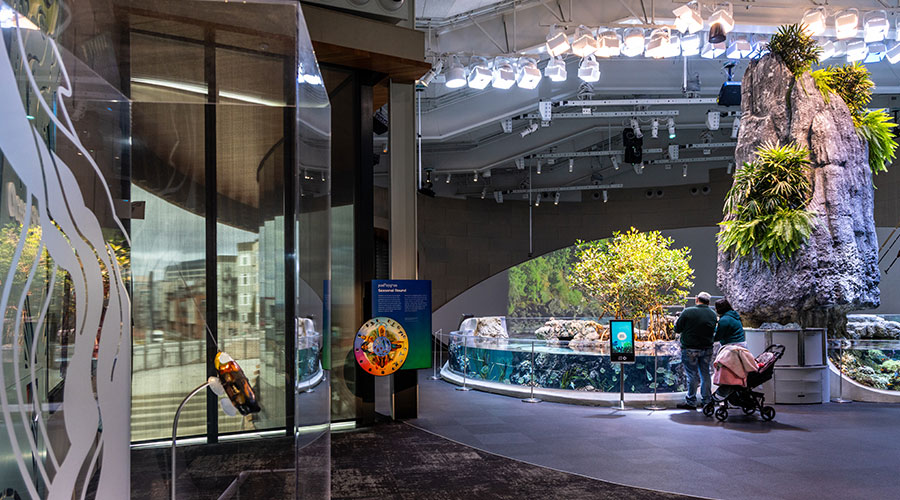Efficient Lighting Technology Options Available
Managers can maximize energy savings and maintenance needs by specifying new, high-efficiency lighting technology. Among the key components to watch are these:
Lamps, luminaires, and ballasts. Many companies offer LED retrofits for fluorescent troffers where the existing housing is reused, so installers do not need to disturb the ceiling plenum. Many retrofits deliver more than 100 lumens per watt, providing similar performance to fluorescent systems they replace. Utility rebates can help managers achieve a good ROI and deliver a payback of less than three years.
| Best T8 system options for new luminaires or T8 retrofit | Lamp Wattage | Ballast Factor | Energy Savings | Average Rated Life (hours) 12 hours per start |
| T8 lamps. High-efficiency programmed-start parallel wired ballast. Ideal for use with occupancy sensors | 28 | 0.88 | 15% | 42,000 |
| T8 lamps with extended life. High-efficiency, standard power instant-start ballast | 28 | 0.88 | 19% | 75,000 |
| T8 lamps with extnded life. High-efficiency, 0-10 volt dimming with occupancy or daylight sensors | 28 | 0.88 | 14% at full brightness plus 10-75% | 84,000 |
Controls. The field of lighting control is experiencing remarkable technology advances, including wireless products that solve tough retrofit challenges and digital controls that offer flexibility and intelligence.
Because most existing buildings have no lighting controls, managers have a great opportunity to reduce energy use by installing occupancy sensors or other stand-alone controls. Wireless solutions provide appealing alternatives when faced with construction obstacles, such as asbestos and hard-cap ceilings, or when the cost of pulling new electrical wiring is prohibitive. Managers also can consider hybrid systems that combine wireless and hardwired components.
Digital controls bring intelligence into the building space. With smart controls, more advanced energy-management strategies, such as energy monitoring, load shedding and demand response, are possible without large, costly, centralized systems. Implementing these strategies can make sense for projects in facilities seeking an Energy Star rating, certification under the Leadership in Energy and Environmental Design (LEED) rating system, or other sustainability ratings.
Another relatively new controls technology, energy harvesting, allows products to power themselves by collecting or generating power. The products collect and store the energy they need through natural and artificial light collection or other sources.
Related Topics:















